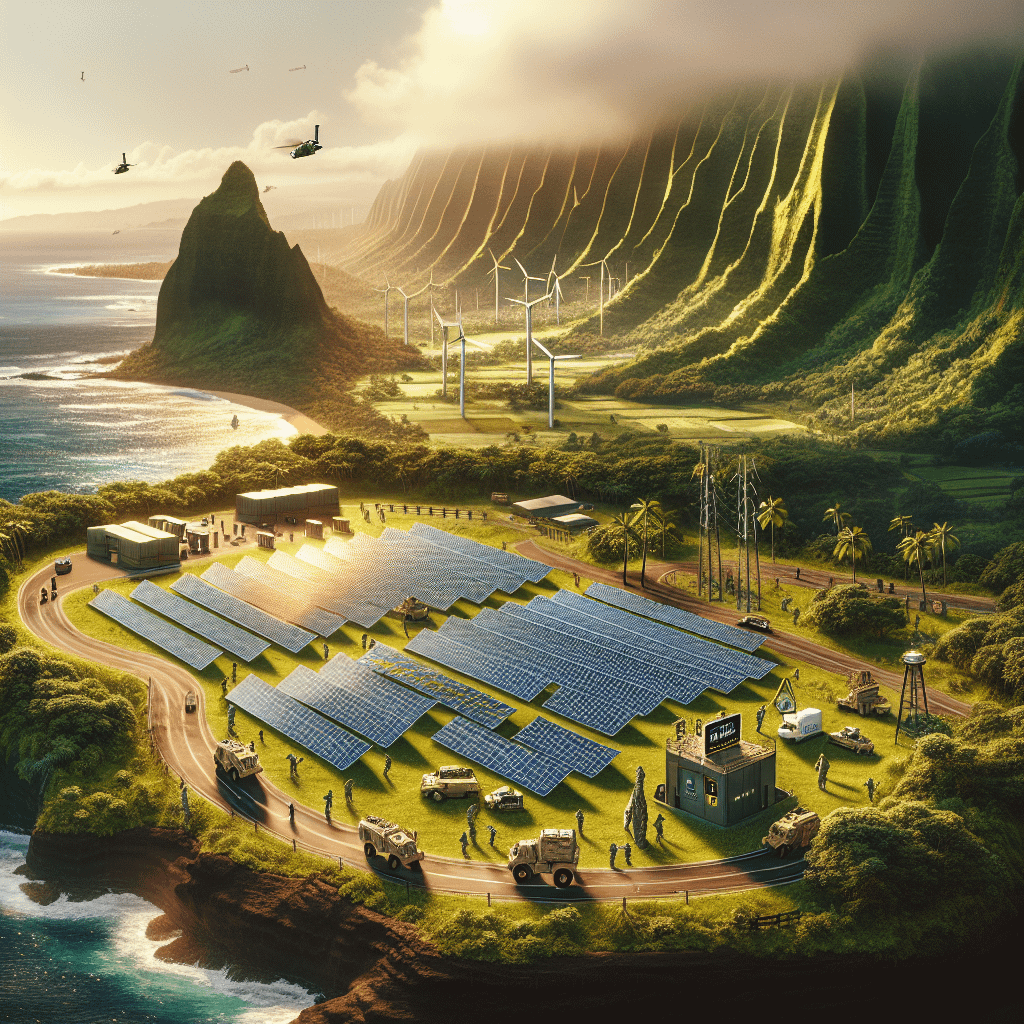.
U.S. Army Garrison Hawaii, in partnership with Holu Hou Energy (HHE) and Island Palm Communities (IPC), celebrated a major milestone in sustainability and energy independence with the installation of advanced renewable energy systems at 200 military homes in Aliamanu Military Reservation (AMR).
The project, which was completed in just six months, is part of the Army’s Net Zero Initiative, which aims to reduce energy, water, and waste consumption on military installations. The new renewable energy systems will provide clean, reliable, and cost-effective energy to the homes, reducing the Army’s reliance on fossil fuels and lowering its carbon footprint.
“This project is a testament to the Army’s commitment to sustainability and energy independence,” said Col. Rachel Sullivan, U.S. Army Garrison Hawaii Commander. “Not only will it help us reduce our environmental impact, but it will also save us money in the long run.”
The new renewable energy systems include solar panels, battery storage, and energy management systems, which will allow the homes to generate and store their own energy. This will not only reduce the homes’ reliance on the grid but also provide backup power in case of a power outage.
“This project is a win-win for everyone involved,” said Lt. Governor Silvia Luke, who attended the ceremony. “It will help the Army meet its sustainability goals, reduce the cost of living for military families, and create jobs in the renewable energy sector.”
The project was made possible through a partnership between U.S. Army Garrison Hawaii, HHE, and IPC. HHE, a local renewable energy company, designed and installed the systems, while IPC, the privatized housing partner for the Army in Hawaii, provided the funding for the project.
“We are proud to be a part of this project and to help the Army achieve its Net Zero goals,” said David B. Sanders, President of IPC. “We are committed to providing our military families with safe, sustainable, and affordable housing, and this project is a step in the right direction.”
The project is expected to save the Army over $1 million in energy costs over the next 20 years. It will also reduce the Army’s carbon footprint by over 1,000 tons of CO2 per year, which is equivalent to taking 200 cars off the road.
“This project is a great example of how the military and the private sector can work together to achieve common goals,” said Col. Sullivan. “We hope to continue this partnership in the future and make Hawaii a leader in renewable energy and sustainability.”

